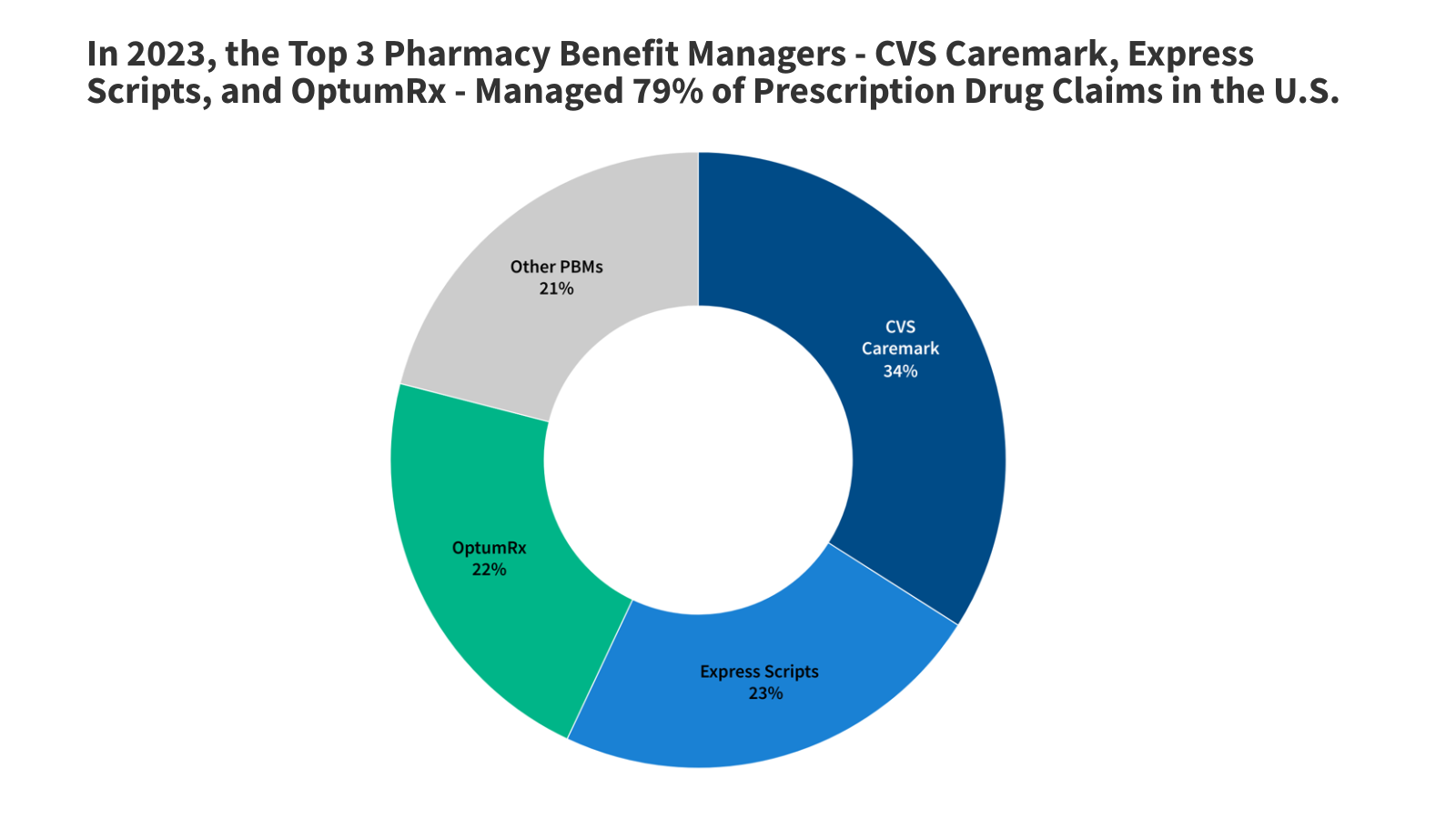Going Public: Tell a Better Transaction Story
When entering the public markets, successfully announcing your milestone hinges on preparation and telling the right story at the right time. Learn how.
While the IPO and SPAC markets are not what they were in previous years, the deal making process will continue to be a transformational moment for any company. Even in the most challenging of markets, companies continue to pursue mergers and acquisitions (M&A) to increase their bottom lines and expand their markets. If you’re planning to enter the public markets, successfully announcing your milestone hinges on preparation and your ability to tell the right story at the right time.
A comprehensive communications roll-out and plan is essential for any company and any situation. But well-planned and crafted communications before and during the M&A process can be the difference between success and failure. There are many stakeholders, all of whom — for different reasons — will need to understand why you are pursuing your market activity and what it might mean for them. Investors, current and future, need to know why your transaction is transformational, and in the case of a SPAC or an IPO, all parties need to know why they should hold their shares for the future, or even purchase more shares based on the corporate fundamentals being shared. Your messages need to resonate and tell your story in a concise, easily understood manner. And, the language you use needs to mirror the language in your regulatory filings to prevent any mandated updates.
Develop a media plan
A key component of any transaction roll-out is a fully developed media plan. The importance of engaging the financial and business press cannot be understated. The media will help you set the stage for the announcement and will help telegraph your key messages to an even wider audience of current and future stakeholders. Shaping the perception of your company and establishing a positive exchange of information from the beginning may benefit you during the transaction and into the future. Once your transaction is announced the work has just begun. Virtually every move will now be under the scrutiny of stakeholders and the financial community, so formulating your message and the plan for how it is distributed is key. The media is a conduit to your audiences.
Target the right media
The media landscape has changed a great deal in the past few years. Newsrooms are shrinking and consolidating, and reporters face 24/7 deadlines. At the same time, the public relations industry has expanded, and reporters face a never-ending series of pitches. Every PR person is working to secure coverage for their clients, so competition is fierce. The best way to move your communications plan forward it to create a concise, targeted media list of the outlets that may cover your announcement and identify the reporter(s) who covers business transactions. What the financial community reads shapes perceptions. A positive story helps build a company’s audience while a negative story from a reporter can be damaging short term and long term.
During the process of media targeting, make sure your targets are realistic. Currently only major, billion-dollar-plus transactions are covered by the most coveted of business and financial outlets such as the New York Times, Wall Street Journal, and CNBC. That said, there are plenty of business publications, local press, websites and specialized newsletters that will readily cover a transaction. Your local press, especially your local business journal should not be overlooked. The local business press is there for a company long term. Often the local press will report on your quarterly earnings, appointments, corporate milestones and local events your company participates in. Setting a positive tone from the beginning with your local press can pay off long term in many ways.
When you develop your media targeting list, ask yourself and your colleagues, “What else is missing?” Have you included all the key trade press, the retail investor websites, and those newsletters dedicated to transactions? Additionally, make sure your contact sheet is current and as you get closer to announcing the transaction, verify that reporter is not out on vacation. Avoid scrambling before your deal is announced— advance research will pay off.
Consider an exclusive
As a best practice, an exclusive should only go to one outlet, which will release the story at an agreed to time, most likely pre-market open.
Delivering the exclusive to a reporter in advance of the announcement often results in better, more comprehensive coverage of the deal by allowing a reporter to better understand the complexities of the transaction. They will often interview management to get a better understanding of why this is the right time for an IPO, SPAC or M&A.
The larger financial publications and the leading wire services, such as Bloomberg, The Dow Jones and Reuters, all have deal teams who compete to break the news. Additionally, many of the deal teams have reporters who cover specific industries such as healthcare or technology. Target the correct reporter who is assigned that beat. Exclusives are a standard practice to amplify news and meet all Regulation FD requirements, as exclusives are syndicated while also reaching the major brokerage houses including Schwab, Interactive Brokers, Fidelity and Robinhood. Developing relationships with trusted deal reporters often results in a longer article with the key messages resonating in the story.
When working with a deal reporter, establish a positive rapport. Timelines often change, especially in complex transactions involving multiple parties. Last-minute signatures can hold a deal up; real-time communication with the reporter is key so they know when to publish. To avoid confusion and a negative impression, only target one reporter per outlet as members of the deals team are in touch with one another, and remain in constant communication with that reporter throughout the transaction announcement. Update the reporter on a regular basis and be realistic with your timeline as complex transactions often face last-minute delays.
The embargo
Once the exclusive is arranged, it is time to move onto embargoed media. The difference is all about timing. The exclusive publishes first, and the embargoed stories can publish at the same time as the official press release crosses the wire and is fully disclosed to all media outlets. Embargo the story to as many outlets as possible to maximize coverage of the deal. The trade press and the deal press will amplify the news, but never forget your local press. Always get an embargo agreement in writing, so the timing is agreed to by all parties involved. Finally, make sure all the key databases are alerted to the deal. The deal databases help future investors and dealmakers understand the transaction and what the transaction means in the overall market.
Find the right communications practitioner to tell your transaction story
Communications is key when dealing with investors and the financial press, and having a strong communications team in place will pay off long term and short term. IPO, SPACs, transactions large and small are milestones for companies, and telling that story out of the gate is essential. The right messaging, the right outreach and the right media targeting will successfully contribute to amplifying your business story. A seasoned, specialized partner to guide you through the process is often the best formula for success.
If you are preparing to go public, download our Insider’s Guide to Going Public to get our unique insights from helping hundreds of companies with their IPOs.
Publisher: Source link









